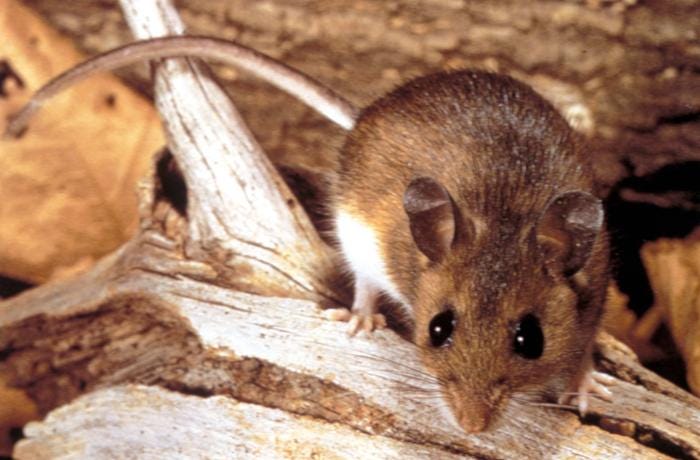Grant County Health District (GCHD) recently confirmed that a Grant County resident in their 20s died from Hantavirus. The Washington State Public Health Laboratory (DOH) informed GCHD of the positive lab result on June 10, 2024.
The individual had a known exposure to rodents before their illness, likely inside a vehicle.
The last confirmed case of Hantavirus in Grant County occurred in 2019. This is the sixth case of Hantavirus in Grant County in the past 20 years and the first reported case in Washington in 2024.
As of 2020, there were over 700 cases of hantavirus in the United States since 1993, when the disease was first identified. In 2020, there were 833 cases reported, with a 35% mortality rate. However, the number of cases can vary from year to year, with some estimates suggesting that only 20–40 cases occur annually.
Hantavirus Pulmonary Syndrome (HPS) is a rare but sometimes deadly illness caused by a virus found in the urine, droppings, and saliva of infected rodents. In Washington State, deer mice are the carriers of the virus. People become sick with Hantavirus by breathing in contaminated dust from fresh urine, droppings, or nests of infected rodents.
The greatest risk occurs in enclosed areas, such as sheds, cabins, or vehicles, with rodent infestation and poor air circulation. People can also be infected when they touch objects contaminated with the virus and then touch their nose or mouth.
It cannot spread from one person to another.
Symptoms of hantavirus disease usually develop three to four weeks after infection but can occur as early as one week and, in rare cases, not start until eight weeks after infection. Early symptoms include fatigue, fever, and muscle aches. There may also be headaches, dizziness, chills, nausea, vomiting, diarrhea, and abdominal pain.





